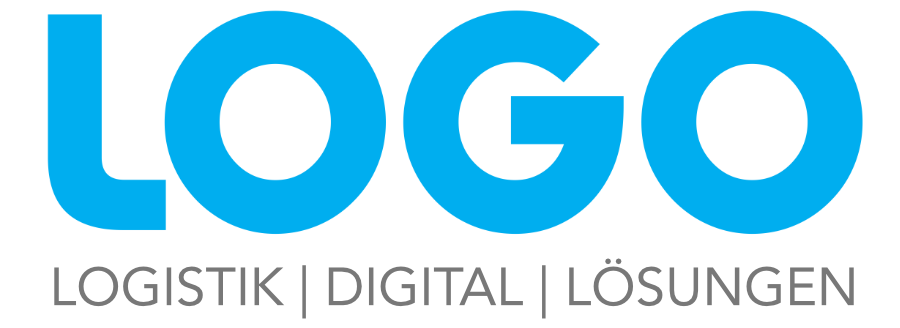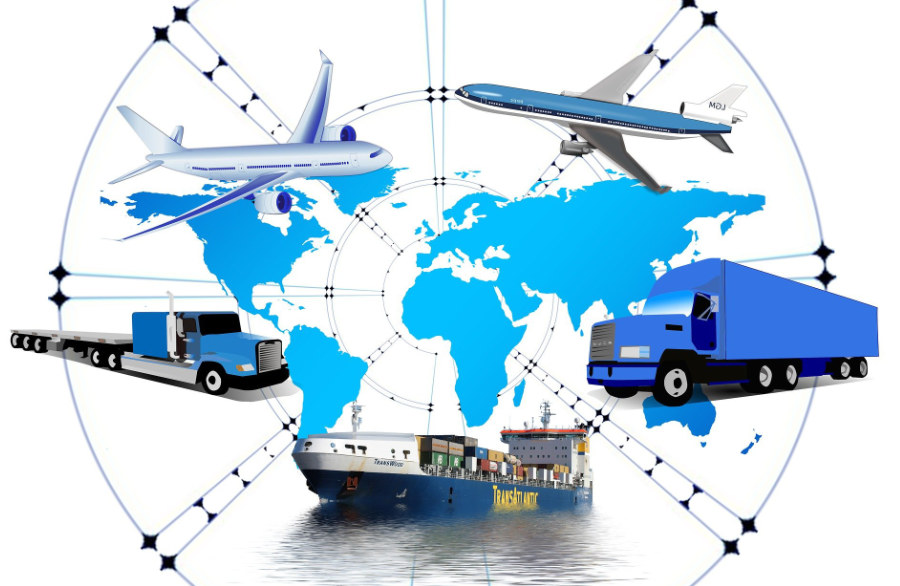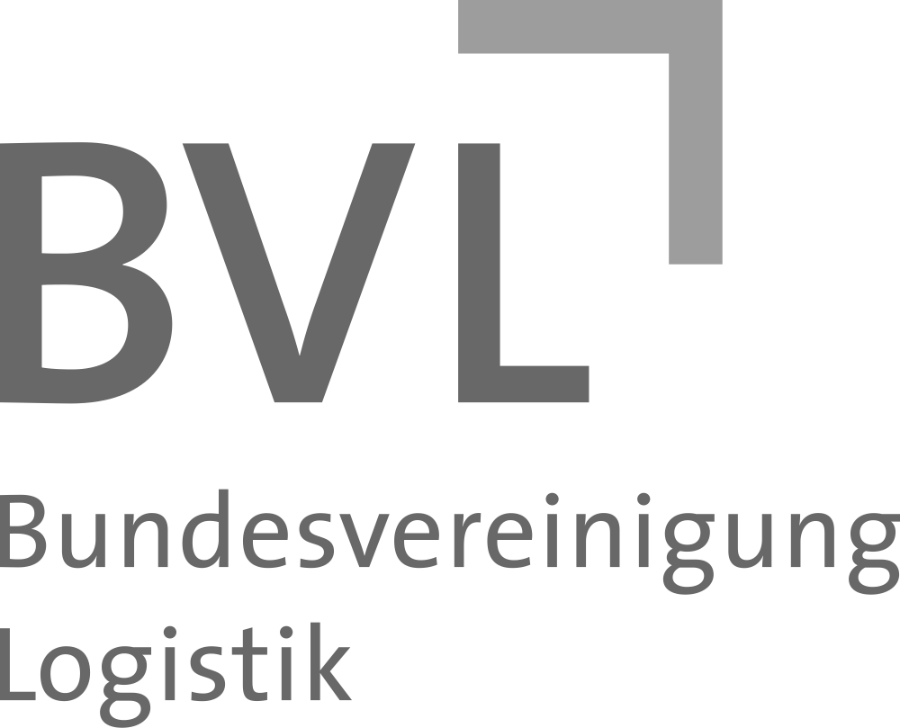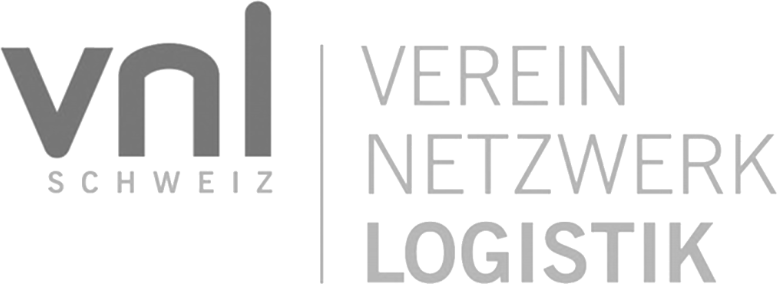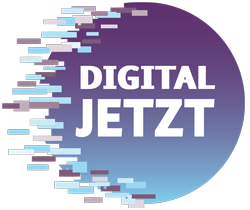In the business sphere, we have developed completely new cooperation structures with our colleagues in order to continue to work efficiently in decentralised teams. Changing relationships have also led to changing requirements for CRM. Logistics CRM for sales professionals requires new tools.
As a CRM expert, I am particularly interested in how relationships with customers, prospects, partners and other actors in the business relationship web have changed and what that means for the requirements of a CRM or XRM tool.
Think back for a moment – until a year ago, we talked to people over dinner, over a glass of wine, in the canteen at lunch, at the buffet at an event. Small talk. Because people just stood together and looked for a topic to talk about.
Casual conversations and small talk were yesterday
This way we learned a lot about our counterpart. Leisure activities, musical tastes, book or cinema fans, sports, family, holiday destinations. Or we talked about business, but rather casually – what personal goals is our business partner pursuing, what developments are worrying our customer, what is a company particularly proud of.
We received this information rather rarely last year. Because although we kept in touch with web conferences and phone calls, there was usually no time for casual conversations.
Cultivating relationships with existing clients, which used to be regularly reinforced with face-to-face meetings at events or during visits, can now only be done through phone calls and web conferences.
But it is now even more problematic when building new relationships and finding new clients and partners. In the past, I was often introduced to other people at an event. That way, I already had a leap of faith because a mutual acquaintance had initiated the conversation. Or I would find myself randomly sitting at a table with strangers and thinking about the name tags to see who might be an interesting contact and how I could start a conversation.
That falls away now. Dialogue often turns into a monologue.
Monologue vs. dialogue?
Today, contact is mostly made in writing. Only people I have already met in person I “simply” call after a longer break.
I write a mail or a message via social media. Before that, I do research in my CRM, on social media, on the web about the person and try to hit something so that my message is read. A completely different way of building relationships!
And contacting people has also changed in the other direction. We get a lot of enquiries via our chat or the contact forms on the website or the online appointment for the personal CRM check or webinars.
Before we respond, we do research again. Do we know the person or the company (i.e. is something registered in our CRM)? What has the person, what has the company published recently, what topics are the new prospect interested in, where was the enquirer employed before, what kind of education does the person have?
If I don’t have a person in front of me, I try to get a rough idea through such research, and I’m glad when I find a photo so that I can also imagine a face.
And in fact I’m always disappointed when I can’t find anything, which happens again and again.
Many business people don’t think much of presenting themselves on social media and don’t see the point in commenting on other participants’ articles or clicking a like.
The importance of visibility
However, the presentation of one’s own company in social media and on the internet has become extremely important.
When we talk about relationships in transition, we definitely have to talk about digitalisation, social media, web presence and new contact strategies. With many customers and interested parties we talk about the realisation or connection of customer portals and networking.
Because contact has definitely changed and so the strategies for sales and customer care must also change.
Whereas in the past, most enquiries at LOGO were somehow received via recommendations, the proportion of interested parties who become aware of us via Google search, our website and our social media presences has increased considerably.
Why do you need social media presences at all?
I used to wonder why a software manufacturer needed a presence on Instagram. One of my young employees explained it to me so simply that I really changed my mind.
And this is how it happened: The young lady read a job advertisement from LOGO and wanted to get an idea of what it’s like in our office, who the people in the team are, whether we do cool campaigns and how we present ourselves on the web. Her first route was to Instagram – no, there was no LOGO presence there. Then Facebook – well, there were various professional articles to be seen, but not really interesting. Next stop website – not appealing to young people. LinkedIn company page – boring again only professional articles.
We can be glad that she still sent the application and that we were able to win her as a motivated innovative employee. Who has made it clear to us time and again how important our external appearance is. Not only in employer branding, but also for visitors of different generations who are interested in the topic of CRM in logistics. So, together with a social media agency, we changed our strategy in this direction 2 years ago and got advice from experts. The successes speak for themselves.
The web presence is today’s business card of every company
At LOGO, we used the first lockdown to better position ourselves for the change in communication: A new website was the start. Unlike before, we put the focus on what we can do for our customers. And we show the people behind LOGO, because personal advice is one of our USPs. Then we started optimising for search engines so that our services can also be found and are well represented by Google. In addition, we took care of a simplified contact via the website with appointment selection and personal chat support. We created even more visibility with ad campaigns on Google. A lot of work, but definitely worth it.
Of course, not every company is set up in this way yet, and especially in the logistics world, there is often still a lack of understanding for the new type of marketing. Digitalisation is sometimes still in its infancy there. Again and again I talk to companies that organise everything with Excel, Word and Outlook and for whom even a good website is a challenge. But the past year has really made a difference.
Digitalisation efforts, networking and integration
The media were full of the fact that the acceleration of digitalisation in 2020 is impressive. This was also evident in our field. The digitalisation of customer and sales processes was seriously considered in many companies and the introduction of a CRM tool was evaluated.
In many companies, the importance of a central mobile-accessible CRM tool has risen sharply in recent months. Decentralised teams still work smoothly hand in hand with well-integrated logistics CRM for sales professionals. Lack of online access to data from operations or accounting can severely limit work. However, if the CRM is integrated into the IT landscape, all employees have an insight into daily events, open invoices or the development of transports, even in the home office.
Therefore, integration has been strongly promoted in many projects and CRM island solutions are now the exception.
The realisation that integrated CRM offers these advantages means that we have disproportionately replaced many older CRM databases that do not offer options for online use, mobile use or data integration.
Acquisition and maintenance of existing customers with logistics CRM for sales professionals
CRM teams always have two different areas of responsibility: the support and expansion of existing customers (known as key account management in some companies) and the acquisition of new customers, known as “hunting”.
Hunting for professionals
We have already looked at the various channels through which initial contacts can take place. It is important to store the lead source for all new contacts. In the best case, the contact form on the website is connected to the CRM and the lead source is automatically entered for these entries. The information – whether entered manually or automatically – is very important for evaluating which channels work best.
The creation and maintenance of potentials resulting from new contacts or existing customer conversations is another factor so that the needs of the customers are clearly recognisable for everyone, even in the decentralised team.
It is important to maintain the contact function in logistics CRM for sales professionals to be able to easily segment who the decision-makers are or which people comprise the “buying centre”. With this information and through well-structured potentials, the right information can be sent to the right people.
Lead Nurturing – providing targeted information
Lead nurturing, i.e. the development of a lead into a customer by feeding it the right content, is an important factor in acquisition and customer care when everything is done via digital media.
With the LOGO media library, the latest materials are available to every employee in the office or in the field. They can be sent at the touch of a button and in the customer file, every employee can see what information the customer or prospect has already received. This is what logistics CRM looks like for sales professionals.
Content is not only important in the acquisition process, but also in the expansion of existing customers, the “farming”.
Farming – Understanding and optimally developing existing customers
Supporting existing customers has become more important in recent months. Which companies have survived the crisis and which no longer exist? Many companies have changed their business models and services significantly during the crisis. If this information does not reach the logistics provider, it is hardly possible to realistically assess future business. In order not to be surprised by sudden takeovers or sales, the customer service department must keep in close contact.
The further development of existing customers, the “farming”, is always particularly important in times of crisis.
- Understanding what the customer needs,
- Identify which services are well received,
- Develop and centrally record strategies
- Identify key people in the “buying centre”
- Document the appropriate communication according to type and position
- Structure potentials by line of business, frequency, probability of closing, sales stage and start date
- Keep strategically relevant information and current status in one place
The presentation of business development, development of potentials and customer satisfaction in CRM has also become more important due to the lower frequency of face-to-face meetings.
Visualisations and compilation of known information in CRM
Well compiled and visualised, the information in CRM (manually or flowed in via interfaces) gives a round picture. Within a few minutes, an account manager or supervisor can see how the customer is doing and how it has developed. With customer dashboards, support becomes more efficient and the approach more precise.
These are all tasks that a business development manager has to do if he wants to develop and retain existing customers. And in order to do this efficiently, the management provides tools to support the employees in the best possible technical way. With the LOGO Business Farm, managers and supervisors find the relevant data clearly summarised in one place and always automatically updated through intelligent processes.
Extended network – CRM becomes XRM
More and more, our logistics customers also want to map the other players in the network. Not only customers and interested parties, but also suppliers, partners, competitors and agents should be considered and monitored.
Supplier management that enables evaluations of delivery reliability, complaint or damage rates and profitability is a great added value for many of our customers.
And so CRM becomes XRM. The term XRM stands for Extended Relationship Management. But I also like to think of X as cross relationship management.
In the networked world, it is important to also make the actors visible in their connections to each other. Which principal works with which senders and recipients? Which agent brings in how many orders? How are corporations structured and how do the turnover or profit of the individual companies fit into the overall construct?
From our experience, the network in logistics is particularly complex, so many companies play a role in the supply chain. And often the same company is a supplier at one time and a customer or partner in another business relationship.
XRM in logistics therefore has to master special challenges. So this concerns the technical side, the mapping of the relationship network and the information about all accounts.
Good data quality and the merging of information from different data sources are indispensable for meaningful evaluations. The foundations for this often have to be laid first.
Data strategy and data culture
One area that LOGO has been working on intensively for over 25 years is the data processes and data flows in the company. We have always focused on the fact that the information in CRM is not in a silo and have also realised evaluations outside of pure sales data. In the past, such strategies were especially common in large corporations.
The data strategies of our customers and prospects have changed in the meantime. Medium-sized companies now also understand the value of data – if it is structured and comparable. The focus is no longer on the mere collection of data, but on a data strategy and the associated data culture. Because only well-maintained data can form a basis for strategic decisions.
In many projects, it was only the – initially faulty – visualisations of external data in LOGO that led to the discovery of poor data quality.
LOGO supports with a lot of know-how around logistics data and logistics processes. Dashboards make complex relationships tangible and data-based decisions possible. Read more about our logistics BI offers here.
Changing relationships – how can sales become particularly effective in 2021?
Regardless of whether we meet our business partners in person again in the future or continue to communicate with them mostly at a distance, it is crucial for business success to store knowledge about companies and people in an understandable and structured way so that everyone in the team, in every branch, in every country understands what the customer relationship currently looks like and what strategic goals are being pursued. With this information, every employee in the company can convey exactly the right information to the customer or prospect at every point of contact and give the feeling that the customer is understood. No matter who they are talking to or on which channel they are communicating.
In this way, a customer relationship management tool becomes a strategically indispensable tool at every hierarchical level in the company.
